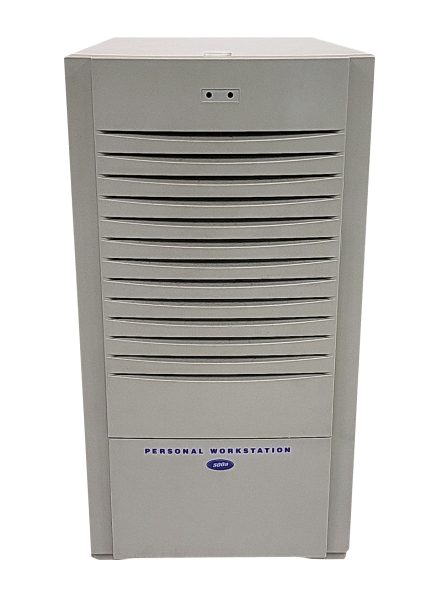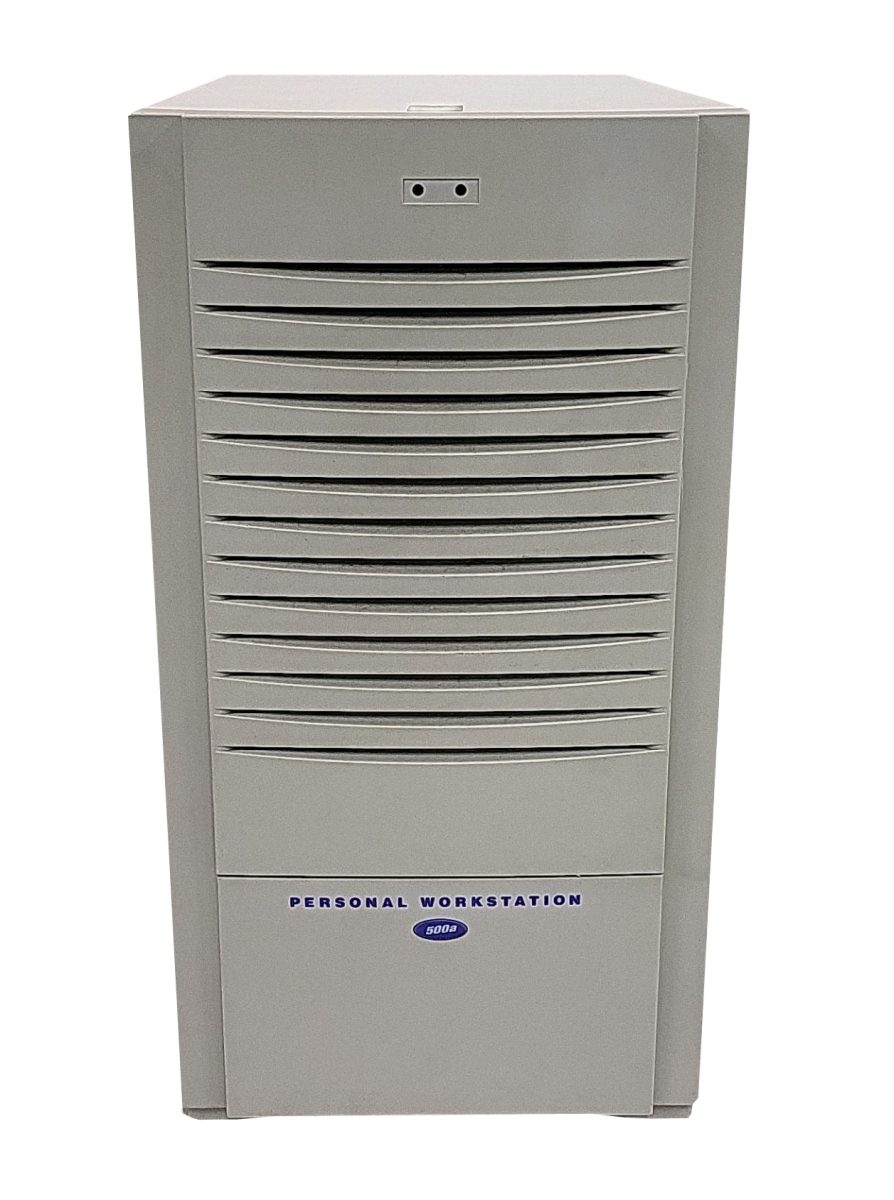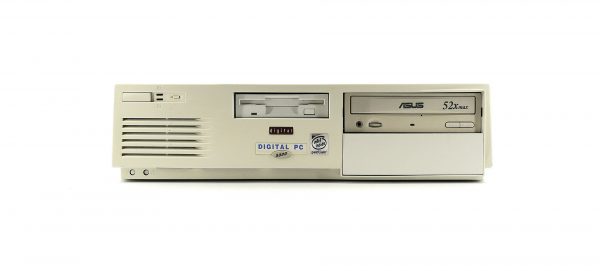Digital Personal Workstation 500a
Codenamed "sports car", the Digital Personal Workstation is a family of entry-level to mid-range workstation computers developed and manufactured by Digital Equipment Corporation (DEC). These workstations are based on the DEC Alpha and Intel Pentium Pro or Pentium II microprocessors. Members of this family can use the Digital UNIX, OpenVMS, and Microsoft Windows NT operating systems. The i-Series, based on Pentium Pro, was first introduced on September 23, 1996.
Digital Personal Workstation 500a
Codenamed "sports car", the Digital Personal Workstation is a family of entry-level to mid-range workstation computers developed and manufactured by Digital Equipment Corporation (DEC). These workstations are based on the DEC Alpha and Intel Pentium Pro or Pentium II microprocessors. Members of this family can use the Digital UNIX, OpenVMS, and Microsoft Windows NT operating systems. The i-Series, based on Pentium Pro, was first introduced on September 23, 1996.
The Digital Personal Workstation a-Series, codenamed "Miata", uses the Alpha 21164A microprocessor. Models with the "a" suffix run Windows NT (with AlphaBIOS), while models with the "au" suffix run Digital UNIX or OpenVMS (with SRM). Both models can be switched between AlphaBIOS and SRM via the system firmware. At COMDEX 1997, the Digital Personal Workstation 500a was a finalist in Byte magazine's Best of Show award for the Best Workstation category.
Models included:
433a/433au - 433MHz Alfa 21164A
500a/500au - 500MHz Alpha 21164A
600a/600au - 600MHz Alpha 21164A
The Alpha microprocessor is connected to a ZIF (zero insertion force) socket and is upgradable. These workstations use Digital's 21174 chipset, also known as the "Pyxis" chipset. To increase flexibility and reduce costs, the L3 cache is optional in these models. If the L3 cache is required, a cache module containing the SRAMs that implemented the cache can be installed in a cache slot. The cache module has two capacities: 2 or 4 MB.
Two revisions of the Miata motherboard were produced, known as MX5 and MiataGL respectively. The later MiataGL motherboard has a revised Pyxis chipset (which fixes a PCI DMA bug), a different ATA controller, an onboard QLogic 1040 SCSI host adapter, and a USB interface.
The a-series has a 144-bit memory bus, with 128 bits for data and 16 bits for ECC. There are three memory banks, each consisting of two DIMM slots, for a total of six DIMM slots, supporting 32 MB to 1.5 GB of memory. These machines only accept standard unbuffered PC100 ECC SDRAM DIMMs with a maximum capacity of 256 MB per DIMM, which must be installed in identical pairs to match the memory bus width.






